Why is the rate of stroke in young people increasing?
According to statistics, on average, the Stroke Center receives 50-60 severe and complicated stroke cases transferred from satellite hospitals every day because the primary level exceeds the treatment capacity and the prognosis is difficult.
Notably, stroke in young people (aged 45 and under) has tended to increase in recent years, accounting for about 15% of the total number of cases received by the Center.
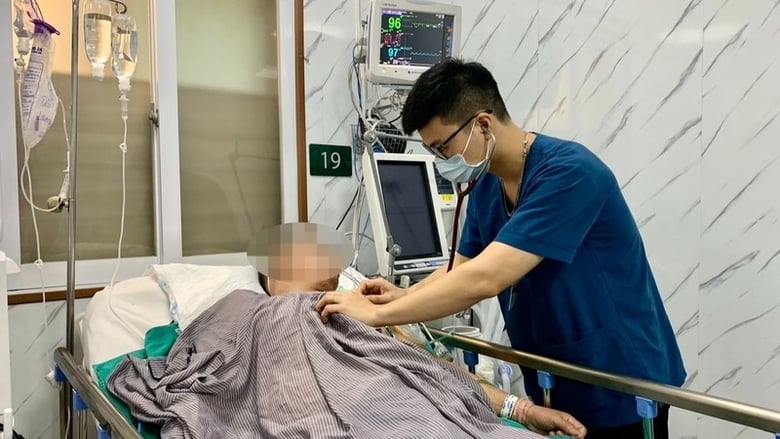
Specialist Doctor II Nguyen Tien Dung, Stroke Center, Bach Mai Hospital examines a patient.
Specialist Doctor II Nguyen Tien Dung, Stroke Center, Bach Mai Hospital said that the rate of severe and younger stroke patients has tended to increase recently. Up to 70% of stroke patients are affected in their ability to work.
A 32-year-old female patient (from Hung Yen) was admitted to the hospital with symptoms of complete left hemiplegia and slurred speech in the first hour. The patient was diagnosed with acute cerebral infarction due to right internal carotid artery occlusion in the first hour. Within 35 minutes of admission (ie the second hour of the disease), the patient was given thrombolytic drugs. The intervention team of the Radiology Center also recanalized the TICI 2c level by intracranial stent placement and Solumbra.
The center has just received a 43-year-old patient from Lac Thuy, Hoa Binh who had an underlying disease but was not aware of it because he had not previously had a medical examination. The diagnosis was that the patient had an acute cerebral infarction due to occlusion of the basilar artery. This is a large cerebral artery that nourishes the important central region of the brain. The patient was fortunate to be discovered and brought to the hospital during the golden hour window.
However, not all cases are lucky enough to come to the hospital during the golden emergency hour. Recently, there was a young case with a history of high blood pressure for many years, but did not treat or take medication because he felt completely normal. By the time the stroke patient was brought to the emergency room, it was too late, the patient had to be put on a ventilator, and was paralyzed on one side of his body, making recovery difficult.
"Notably, the Center has received very young stroke patients, only 15-16 years old, even a 6-year-old case had a stroke. This patient was admitted to the emergency room with a brain hemorrhage due to a brain arteriovenous malformation. After being stabilized, the child was transferred to the Children's Intensive Care Unit, with a difficult prognosis," said Dr. Dung.
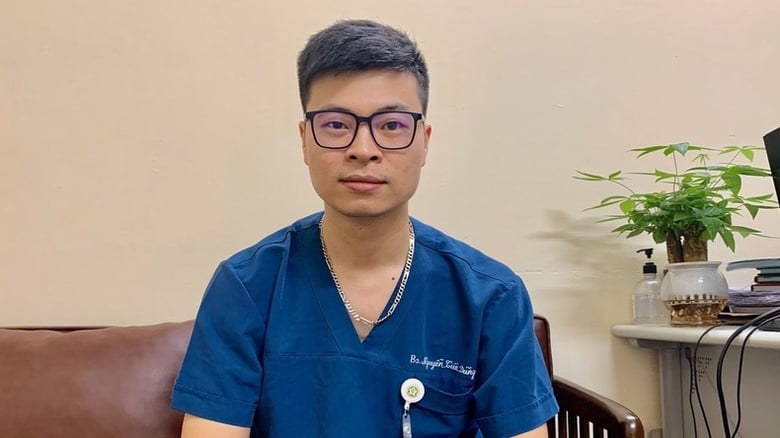
Specialist II Doctor Nguyen Tien Dung, Stroke Center, Bach Mai Hospital.
According to this expert, risk factors that increase stroke in young people include: Abuse of stimulants such as alcohol, tobacco, e-cigarettes; overweight, obesity, lack of exercise; lack of clear awareness of health protection; social life with a lot of pressure, stress, tension in life, work...
"Young people are often subjective or rarely monitor their blood pressure, thinking that they are young and have good endurance. In addition, many people are lazy, overweight, obese, do not exercise, or eat fast food, stay up late, and are under pressure at work, which are all risk factors but are rarely paid attention to.
In particular, many people think they are young and healthy so they do not have a health check-up. Only when they have a stroke and are hospitalized do they discover they have underlying diseases such as blood pressure, heart disease, etc. These underlying diseases are not detected early, examined and treated properly. At some point, they will flare up and, combined with other factors, lead to a stroke," Dr. Dung warned.
Early detection of stroke signs
Stroke has two types: cerebral infarction and cerebral hemorrhage. Cerebral infarction is a blood vessel blocked by a blood clot, preventing the blood flow supplying oxygen and nutrients to the corresponding brain cells, causing the brain cells to die, leading to the loss of motor control, cognition, learning, language, etc.
Cerebral hemorrhage is a case of rupture of a blood vessel in the brain, possibly due to a malformation of the blood vessels in the brain (common in young people) and high blood pressure that is not treated regularly or is not treated well.
"In young people, common causes of cerebral hemorrhage are cerebral arteriovenous malformations and cerebral aneurysms. In clinical practice, most strokes are cerebral infarction, accounting for nearly 80%, and cerebral hemorrhage accounts for about 20%," said Dr. Dung.
If young people with strokes do not receive emergency care within the “golden hour” (the first 4.5 hours after stroke symptoms appear), and are detected and treated late, the chance of recovery is very difficult. Many people have become disabled, affecting themselves because they lose the ability to take care of themselves, and even worse, they lose their ability to work, becoming a burden to their families and society.
With stroke the most important thing is to recognize the early signs.
The first sign is the letter F (face) looking at the patient's face, if the patient's mouth corners are crooked when talking, laughing, or drooling when drinking water, then immediately think of a stroke.
Second is the letter A (right or left limb) is weak or numb.
Third is the letter S (language, speech), speaking is more difficult than normal, speaking is difficult, or speaking is not possible.
These are 3 typical and very common signs. When these signs appear, you need to immediately think of a stroke.
If the patient has the above 3 signs, the patient's family should not hesitate. Some folk remedies such as applying lime to the palms and soles of the hands, pricking the earlobes, pricking the fingertips and toes, or lying still for observation at home... are all incorrect actions that can harm the patient, hinder and disadvantage the doctor's treatment process. Call an ambulance to take the patient to the nearest medical facility that can treat strokes as soon as possible so that the recovery rate will be as high as possible.
To prevent stroke, people must know how to recognize stroke symptoms, listen to their bodies and remember the signs of stroke, and if they suspect they are having a stroke, they must go to the hospital immediately.
"Young people should balance their lives, increase physical activity, maintain ideal weight, stay away from stimulants and e-cigarettes, and have regular health check-ups to detect their illnesses early so they can have an optimal treatment plan. When they have underlying illnesses, they must have regular check-ups so that doctors can adjust the dose of medication to achieve treatment goals, especially when the patient has had a stroke," said Dr. Dung.
Source










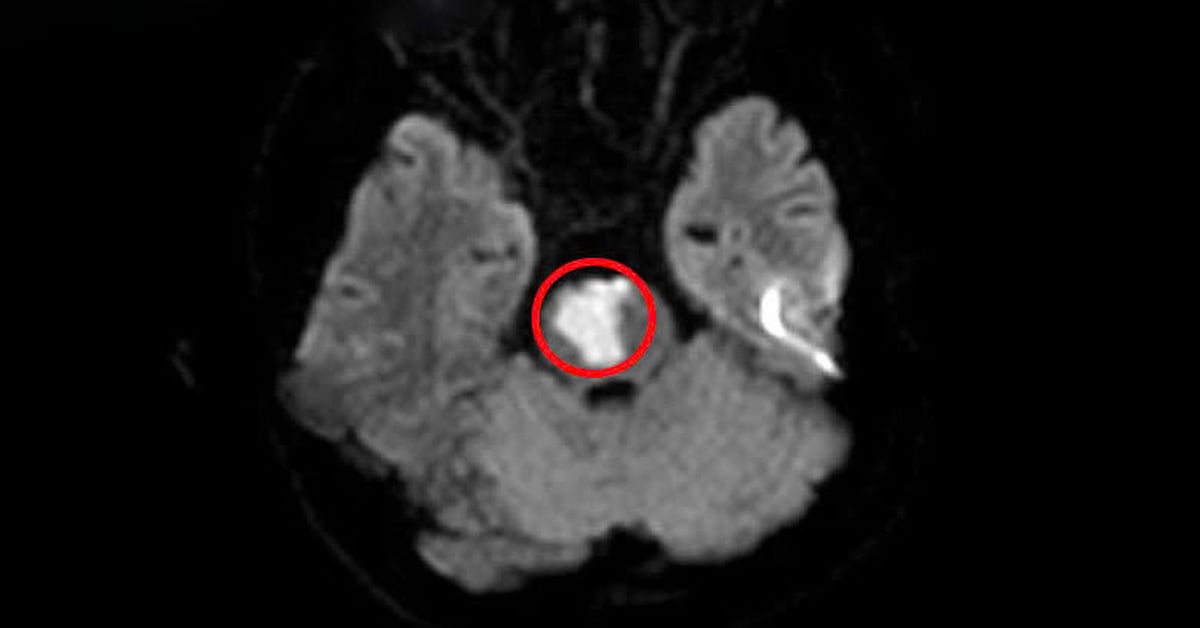

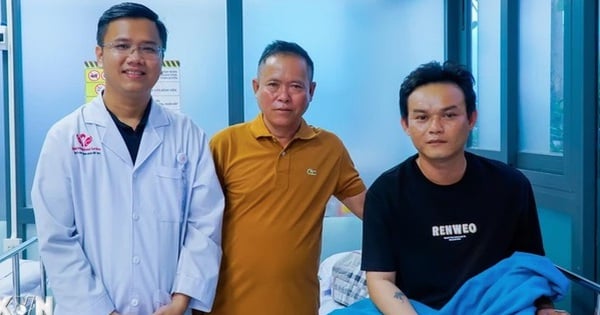

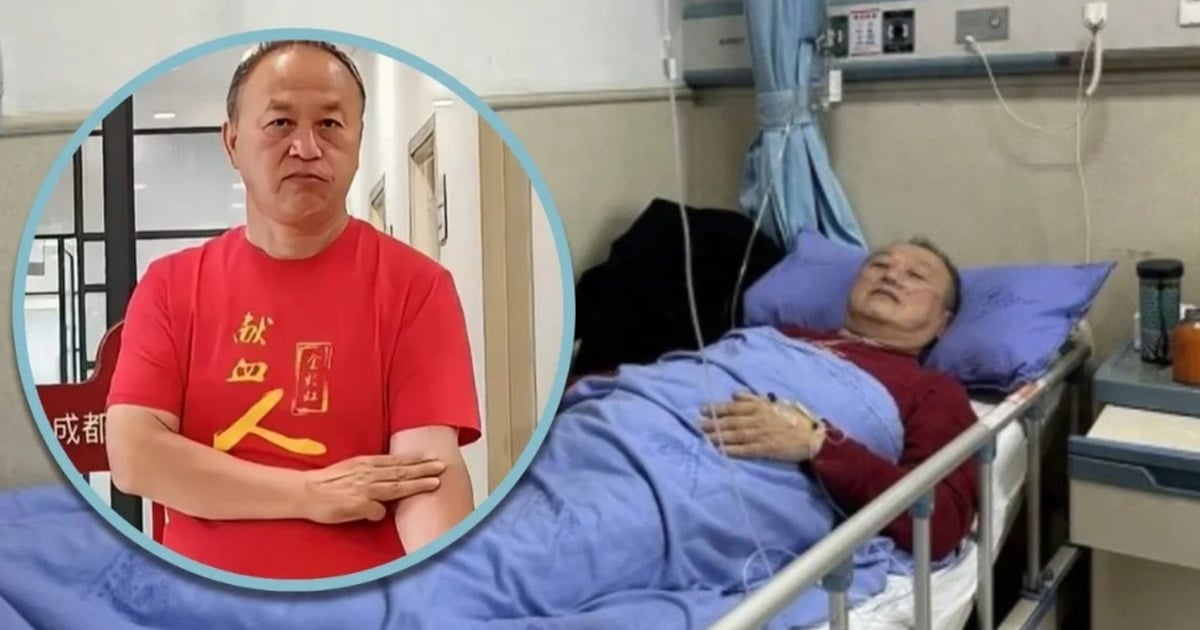

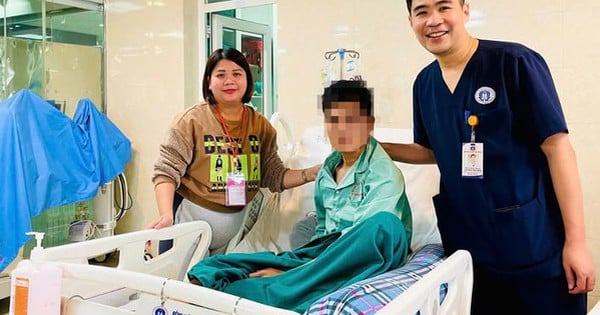









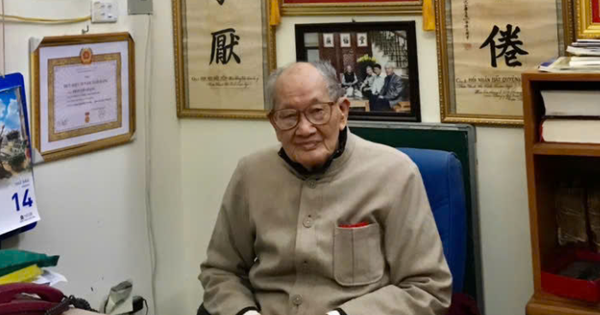


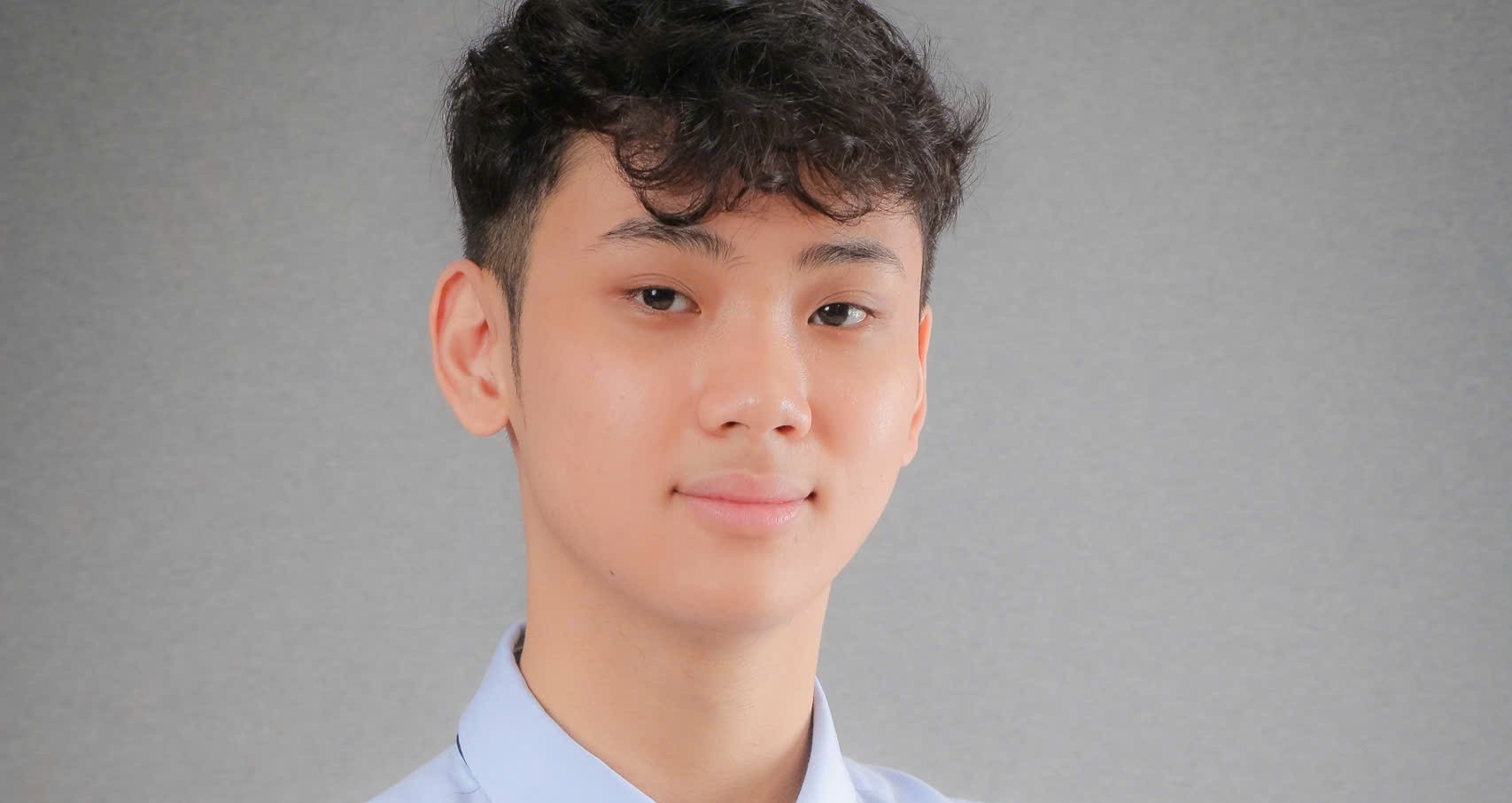







Comment (0)